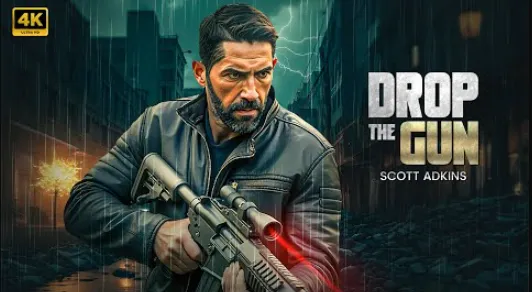A Race Against Time — Literally
Following the events of Multiverse of Madness and the fallouts from Avengers: Doomsday, Stephen Strange now faces his greatest challenge — not a monster, not a god, but time itself. Strange is called back into action when multiversal incursions escalate beyond control, threatening to erase entire timelines from existence.
The film introduces the concept of temporal collapse, with alternate realities bleeding into each other. Strange, along with Clea (Charlize Theron), must journey across unstable dimensions to restore the boundaries of the multiverse. But they’re not alone. An ancient force known only as Nightmare rises from the depths of forgotten dreams, feeding on chaos and trauma left behind by broken realities.
A Returning and Evolving Cast
Benedict Cumberbatch reprises his role with more emotional weight than ever before. Doctor Strange is now more weathered, less certain, and burdened by the consequences of his past decisions. Charlize Theron’s Clea emerges as a co-lead, bringing a fierce intensity and deep magical knowledge to the story.
Elizabeth Olsen returns as Wanda Maximoff, mysteriously resurrected after her supposed death in Multiverse of Madness. Her role is pivotal yet ambiguous, balancing between redemption and destruction.
Chiwetel Ejiofor’s Karl Mordo also returns — now reimagined as a multiverse guardian who believes the only way to restore balance is to eliminate Strange himself.
New Villains and Old Temptations
While Nightmare serves as the film’s central antagonist, rumors swirl of a deeper threat looming in the background — a multiversal warlord observing events unfold: Doctor Doom. Though his presence is brief, his appearance has sent shockwaves across fan communities, hinting at his role in the future Secret Wars storyline.
Meanwhile, Strange is confronted with alternate versions of himself — some noble, others horrifying — challenging his morality and mental stability. One of the most shocking moments includes a scene where he confronts a version of himself who never lost Christine Palmer and rules his universe with an iron fist.
Direction, Tone, and Visuals
Director Sam Raimi continues his blend of horror and spectacle, with the film leaning deeper into surreal, haunting imagery. Magical landscapes distort like nightmares, and battles are as psychological as they are physical.
Danny Elfman’s score adds a haunting, dreamlike quality to the narrative, matching the unraveling tone of the universe. Visually, Time Runs Out is Marvel’s boldest artistic achievement to date, pushing the boundaries of CGI, practical effects, and abstract world-building.
Critical and Fan Response
While only recently released, early fan reactions have been overwhelmingly positive. Audiences are praising the film for its mature themes, creative risks, and emotional stakes. Critics have highlighted its complex narrative and Cumberbatch’s strongest performance as Strange yet.

Conclusion
Doctor Strange 3: Time Runs Out is not just another superhero film — it’s a metaphysical journey into the heart of loss, legacy, and time. It closes a chapter for Stephen Strange, while setting the stage for Marvel’s cosmic and multiversal future.
Whether you’re a fan of mind-bending fantasy or deeply human storytelling, this film stands as one of Marvel’s most profound and visually stunning entries yet.
-1750927870-q80.webp)

-1753090278-q80.webp)
